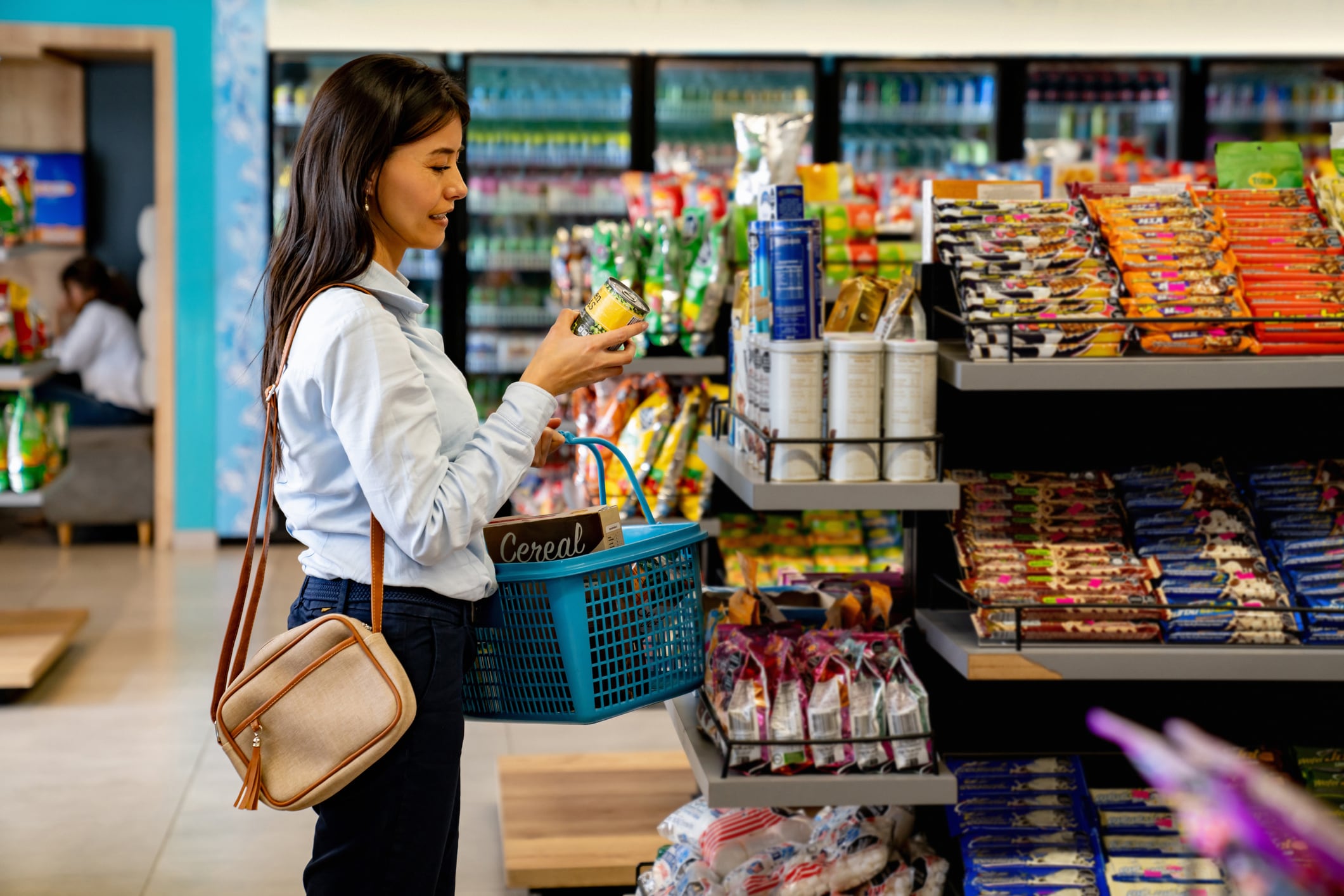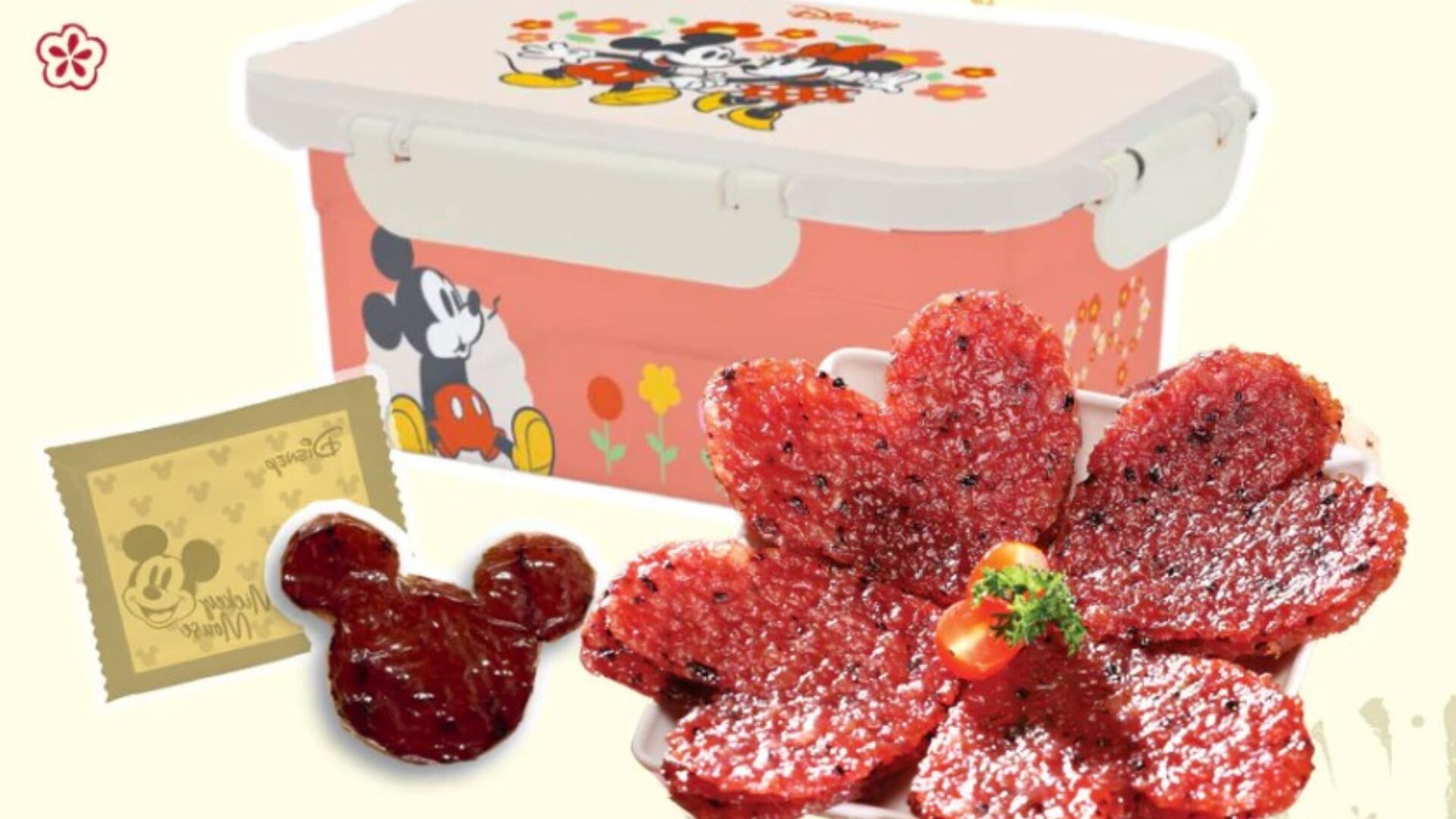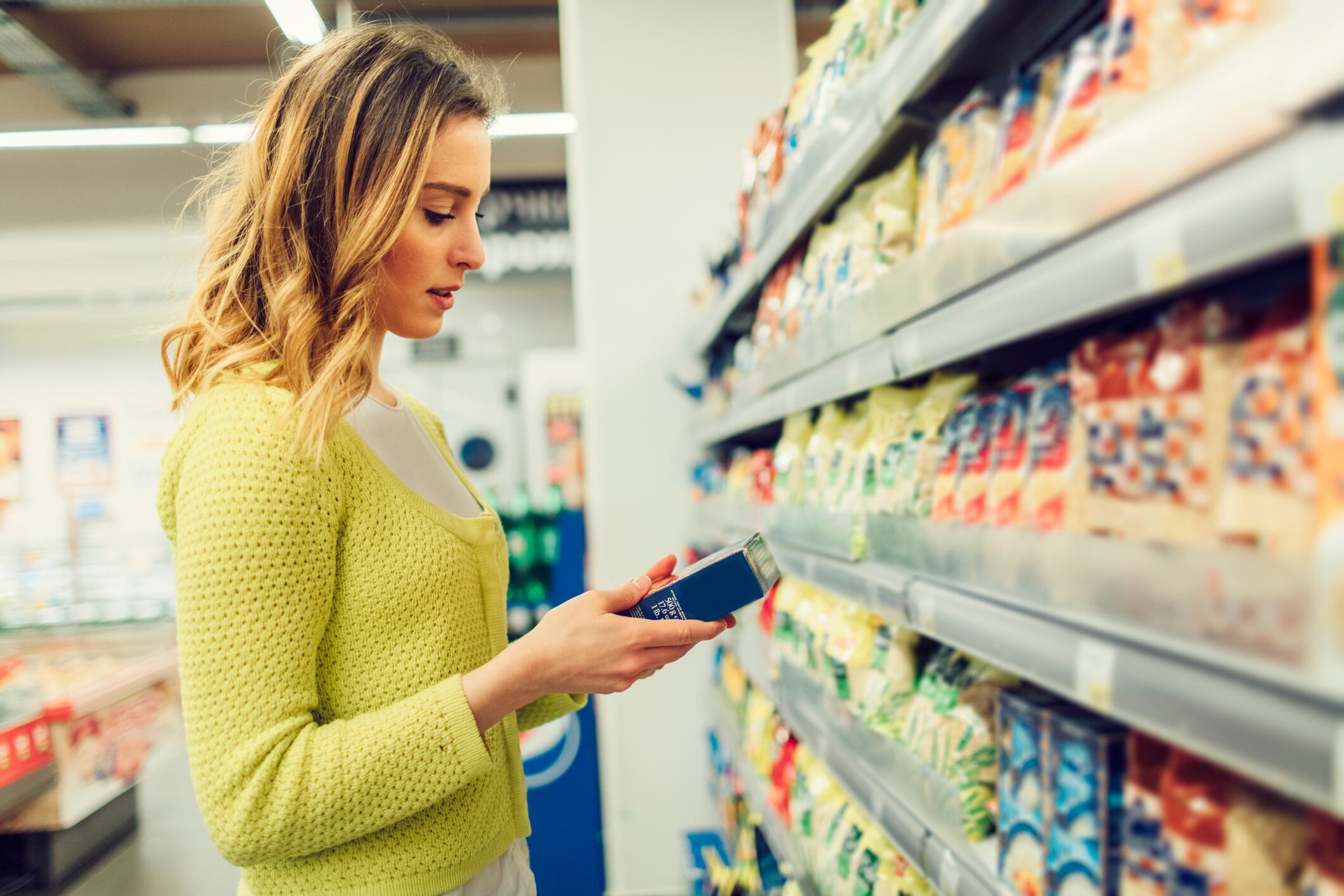While convenience stores such as 7-Eleven and Circle K have been around for many years, transformative innovation in this sector has really only come about recently.
“For the longest time, market research in the convenience sector was focused on nearby competition – operators would rarely look beyond their nearest competitors when it came to innovating,” National Association of Convenience Stores (NACS) Asia Pacific Director George Zheng said at the Food and Beverage Innovation Forum (FBIF) 2025 in Shanghai.
“This meant that there was a very strong tendency amongst convenience stores in an area to copy and paste learnings from one another, but in recent years the changes that have been taking place have been much more radical compared to before.”
Four major drivers of convenience store transformation
- Foodservice inclusion
- Store design
- New product development
- Consumer experience
Coffee at the core
NACS research has shown that coffee is one of the most important drivers of change and modernisation for the convenience store sector.
“Coffee has actually been at the core of these changes, and is considered the most important item for convenience store sales,” he added.
“This has enabled convenience stores to shift beyond the grab-and-go concept to the coffee house-style atmosphere, complete with baristas and seats and the whole get-go which appeals to consumers of almost all demographics.”
The coffee house concept has shifted convenience stores towards foodservice as well as opened up options for interesting and immersive store designs, providing consumers with entirely new experiences than traditionally expected from a convenience store.
“Coffee innovation has also been very crucial in this change – convenience store coffee has traditionally always been linked with just espresso-style coffee, but today many novel concepts such as brewed coffees, flavoured coffees, and collaborations with big coffee brands have been pushing the envelope for this sector,” Zheng added.
“This has been made very clear in research conducted in major convenience store markets such as Japan – over the 30 years between 1991 and 2022, coffee was one of the only product categories to have not shown any decline in sales, highlighting how central coffee is to the convenience store industry.”
Food innovation must be unique
In addition to coffee, food product innovation has also been a big driver of sales and change for convenience stores – with the caveat that uniqueness is a necessity.
“Again, convenience stores in Japan have showcased various ways of doing this: 7-Eleven is well-known for its Egg Sando sandwiches, whereas FamilyMart is famous for its FamiChiki fried chicken,” he said.
“These are items may not themselves be unusual, but the stores have developed a unique recipe or branding to make these their star, representative products, and consumers will tend to go to the representative stores to seek out these foods.”
Both 7-Eleven and FamilyMart have developed ranges of food and beverage products with their own in-house branding.
Others like Lawson have moved to take on supermarkets as competitors in the retail space, by selling a wider range of fresh foods and grocery items.
Store designs must be modern
One of the most obvious ways for convenience stores to attract and retain consumers is good store layout – but according to NACS, this is being ignored all too often.
“Store designs need to focus on modernisation and the consumer experience, and this requires proper planning and interior design expertise, which was often overlooked in old industry practices,” Zheng added.
“Thankfully this is starting to change in Asia, with store operators increasingly open to changing store formats and play around more with colours and layouts.”




